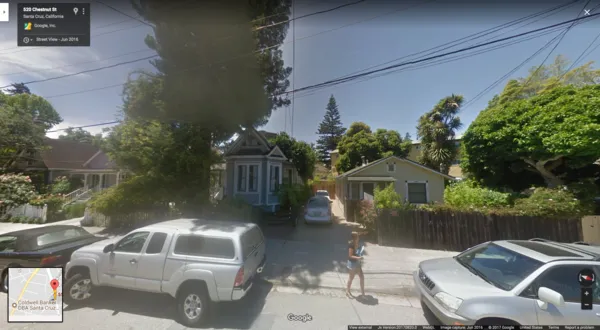
Google upgrades Street View cameras after 8 years for AI-based mapping
Have you ever looked at a Google Street View picture and felt that the image looks a li’l washed out? Like this one:
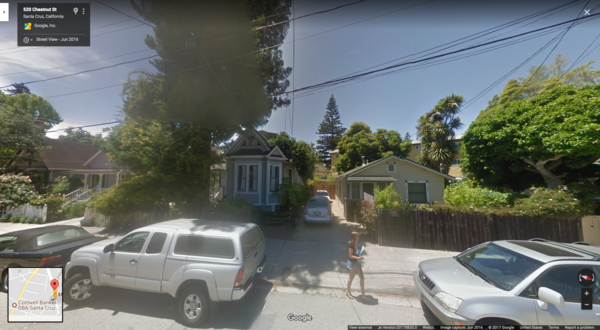
It’s because the Street View cars have been using the same cameras since 2009! They have traveled almost 10 million miles, covered every single continent and 83 countries in total without any major step-up in the imaging hardware. Imagine being stuck with a 2009-era resolution camera in your phone for 8 years… *shudder*
Thankfully, things are changing as the good folks at Google finally upgraded the camera rig last month, Wired reports. So, now we can see the world in higher resolution and much brighter colors, like this:
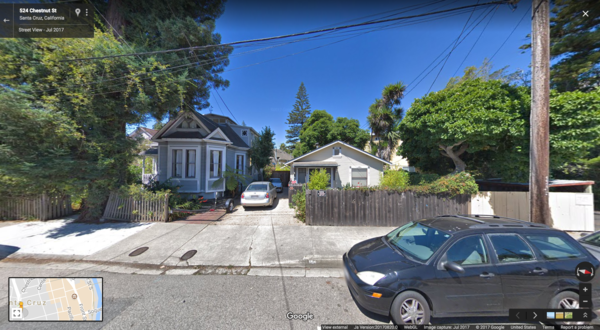
And here comes the interesting part: Google didn’t give its Street View cars 20-megapixels of sensory power for aesthetic reasons alone. Google needs the HD images of the world around us because they make the work of its AI-based image recognition algorithms easier.
Related: Google’s Street View turns 10!
By allowing its sophisticated algorithms to soak in every little detail on each street – signs, business names or even the opening hours on a store sign – Google wants to stock up its digital mapping database with an unparalleled amount of information… Information that would power its Maps, Search and Assistant products.
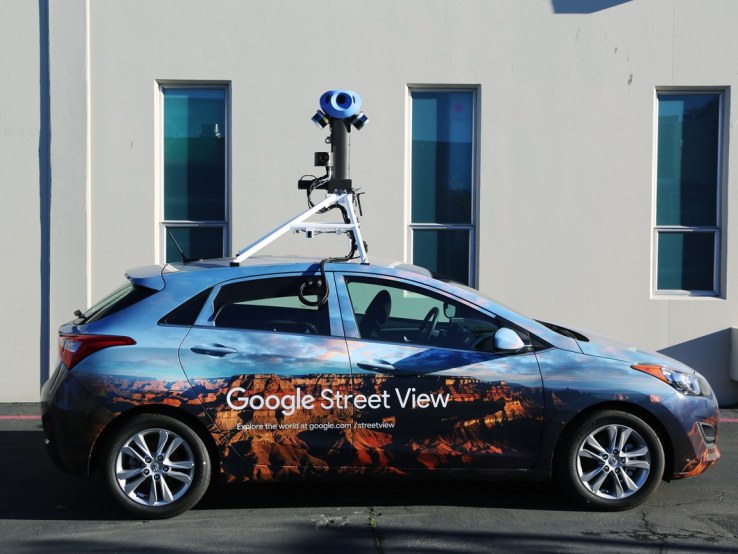
The new, fancy camera rig on a Street View car
For example, Google doesn’t want to just answer questions like “Which restaurants offer Chinese cuisine in my locality?”, it wants to solve much more complex and conversational queries like, “What’s the name of that Chinese restaurant next to the supermarket and will it deliver to my place at this hour?”
We already know that Google’s algorithm has become so perfect that over one-third of addresses globally have had their location improved through deep learning technology. So, whenever a Street View car drives on a new location, the system analyzes the tens of thousands of images to extract the street names and numbers, and automatically create the new addresses on Google Maps.
And now, with higher quality images coming in through the new hardware, things are only going to get better!




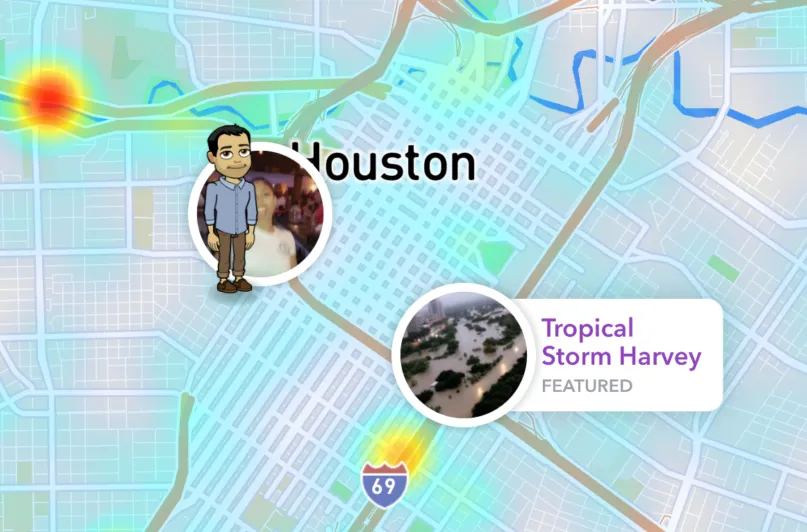
 Snapchat’s Snap Map
Snapchat’s Snap Map 